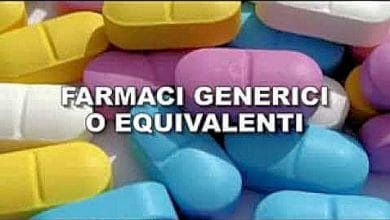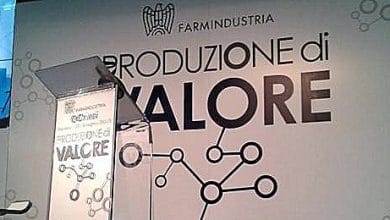
The perspective from which we look at things can change the value we give them, even in medicine. The scientific, safety and efficacy data certainly do not change, because medicine is science, but the perceived value of a therapy can change from person to person regardless of that. I tell two stories because they explain better than a lot of theory what I mean.
the perceived value of a therapy
The shining eyes of a hemophilic child
 The first story concerns haemophilia, a rare blood disorder. It happens that an Italian haemophiliac man goes to the hospital in Milan for an operation on his ankle - haemophilia can damage the joints - and moves around the corridors in a wheelchair. Here he meets a child, also in a wheelchair, and they start running through the corridors. Then the child calls the adult aside and tells him 'I'm here because I have haemophilia'. And then the man replies 'I have haemophilia too!'. The child looks at him with huge eyes, which slowly swell with tears. “Why are you crying' the man asks? “Because it's the first time I've seen a big hemophiliac. There are none in my country. I want to take the medicines they give me here to my friends so they can live too." The baby came from Hungary. In countries where treatments are not available, people continue to die of haemophilia at a young age.
The first story concerns haemophilia, a rare blood disorder. It happens that an Italian haemophiliac man goes to the hospital in Milan for an operation on his ankle - haemophilia can damage the joints - and moves around the corridors in a wheelchair. Here he meets a child, also in a wheelchair, and they start running through the corridors. Then the child calls the adult aside and tells him 'I'm here because I have haemophilia'. And then the man replies 'I have haemophilia too!'. The child looks at him with huge eyes, which slowly swell with tears. “Why are you crying' the man asks? “Because it's the first time I've seen a big hemophiliac. There are none in my country. I want to take the medicines they give me here to my friends so they can live too." The baby came from Hungary. In countries where treatments are not available, people continue to die of haemophilia at a young age.
haemophilia
Not in Italy anymore. That child, who for the first time saw his future ahead, a future he had never thought about and for which his family had not prepared him, understood that that drug was life. Even if you had to get intravenous injections every other day. A different attitude from that of those who have been doing those therapies since birth, with all the associated annoyances, and who sometimes willingly 'skip' some infusions. The perspectives are different, the perceived value is different.
that drug was life
A life that unexpectedly lasted more than 40 years
 Another story, another disease: this time we are talking about amyloidosis, a hereditary and degenerative disease. I talk to a patient and say 'too bad you still don't have a cure'. And he 'but we have an effective therapy'. I play it down a bit: 'sure, but the ones that will really change everything haven't arrived yet'. And he's already changed everything for me, because I didn't think I'd live beyond 40, and now I'm living a long period of life given away. From an early age I knew that this disease existed in the family, I had seen my grandmother suffer from it and my mother die young, at the time there was no therapy and I always thought that my life would end around the age of 40 or that then I could not do anything because of the disease. And so before I did everything and more. And then the drug arrived, it's been 40 for a while now, and I have my job and I do my own things, it's more time that I hadn't thought I had: for me that drug is a total change". Again, different perspectives – mine and his – different perceived value.
Another story, another disease: this time we are talking about amyloidosis, a hereditary and degenerative disease. I talk to a patient and say 'too bad you still don't have a cure'. And he 'but we have an effective therapy'. I play it down a bit: 'sure, but the ones that will really change everything haven't arrived yet'. And he's already changed everything for me, because I didn't think I'd live beyond 40, and now I'm living a long period of life given away. From an early age I knew that this disease existed in the family, I had seen my grandmother suffer from it and my mother die young, at the time there was no therapy and I always thought that my life would end around the age of 40 or that then I could not do anything because of the disease. And so before I did everything and more. And then the drug arrived, it's been 40 for a while now, and I have my job and I do my own things, it's more time that I hadn't thought I had: for me that drug is a total change". Again, different perspectives – mine and his – different perceived value.
amyloidosis
These different perspectives should be taken into account when talking about drugs. We journalists should do the same when, attracted by figures with many zeros, we write 'expensive drug' or 'drug that in any case does not cure the disease'. Because the most coveted goal is not always to recover from the disease, for some, those directly involved, sometimes it is already ambitious to live fully with the disease. we journalists too.
Source "The News of AGI Healthcare"
Related news: Right to health, written on paper but betrayed by productivity and profit





